Which Animals Have The Strongest Sense Of Smell?
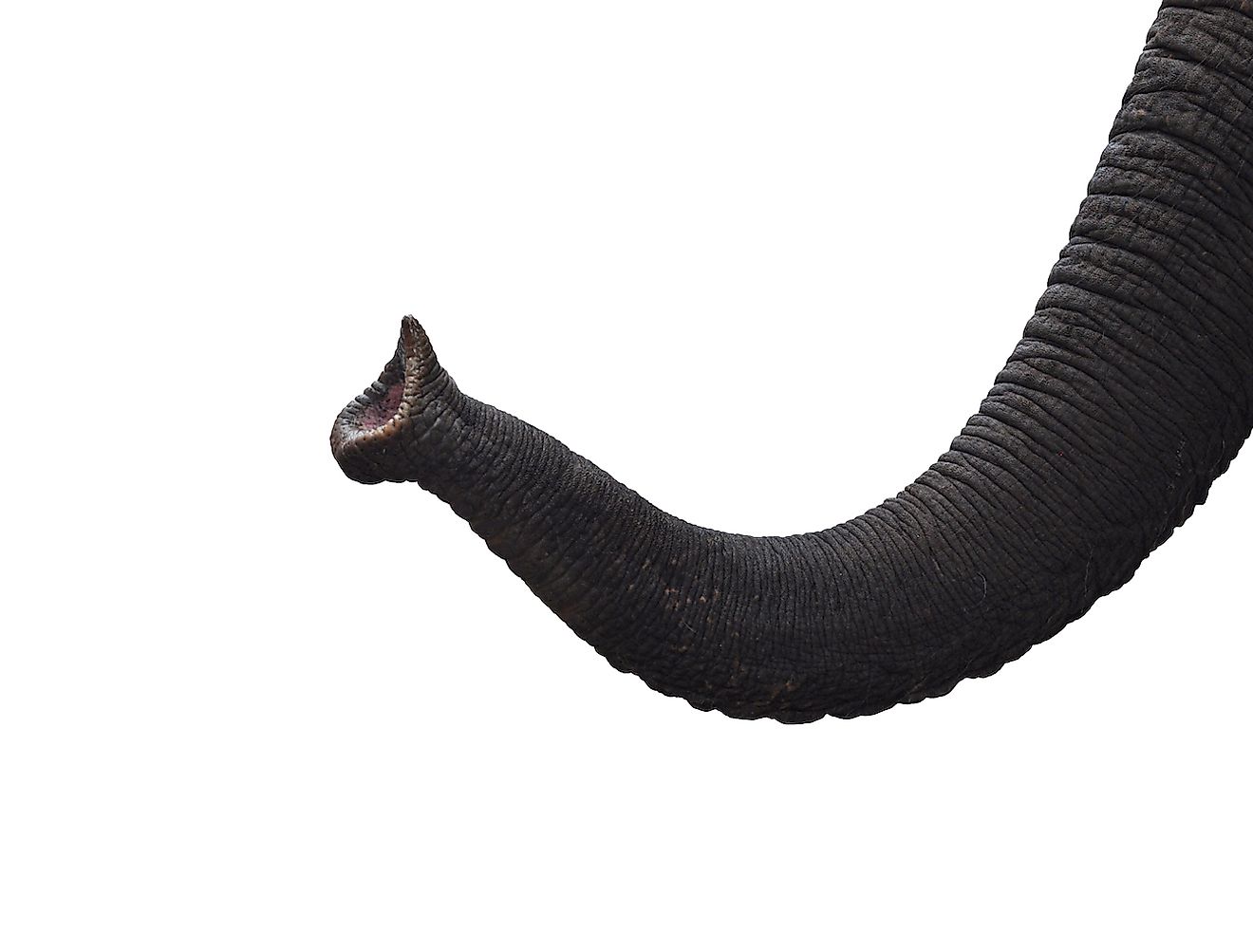
- Recent studies have found that the African elephant has the strongest sense of smell in the animal kingdom.
- A bloodhound is often referred to as a nose attached to a dog since these pooches have the amazing ability to scan a terrain with their nose.
- The male silk moth's large, elaborate, feathery antennae are filled with scent receptors that enable them to sense a single pheromone scent particle from a female more than seven miles away.
Humans may be the most intelligent creatures to walk the Earth but other members of the animal kingdom shouldn’t be underestimated. Thousands of years of evolution have given them uncanny abilities that allowed their species to survive. These abilities allowed them to hunt for food, avoid predators, or find a mate to ensure the perpetuation of their species.
Among the most interesting abilities developed by some animals is a superb sense of smell. These super sniffers use their noses to smell a meal from far away or sense danger. Here is a list of creatures with the strongest sense of smell in the animal kingdom.
African Giant Pouched Rats
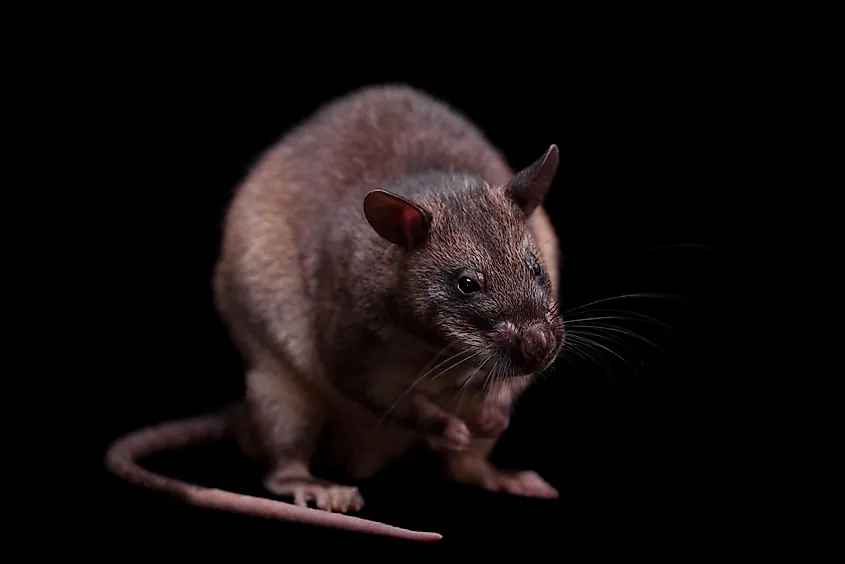
These tiny sniffers that are native to Central Africa may have bad vision, but they have a mighty sense of smell to make up for it. These cat-sized rodents have an amazing sense of smell so much so that many have been trained to detect landmines and buried explosives left over from wars. A lot of them have been used in countries like Cambodia, Angola, and Mozambique and some have even been trained to detect tuberculosis (TB) from hospital samples!
Silvertip Grizzlies
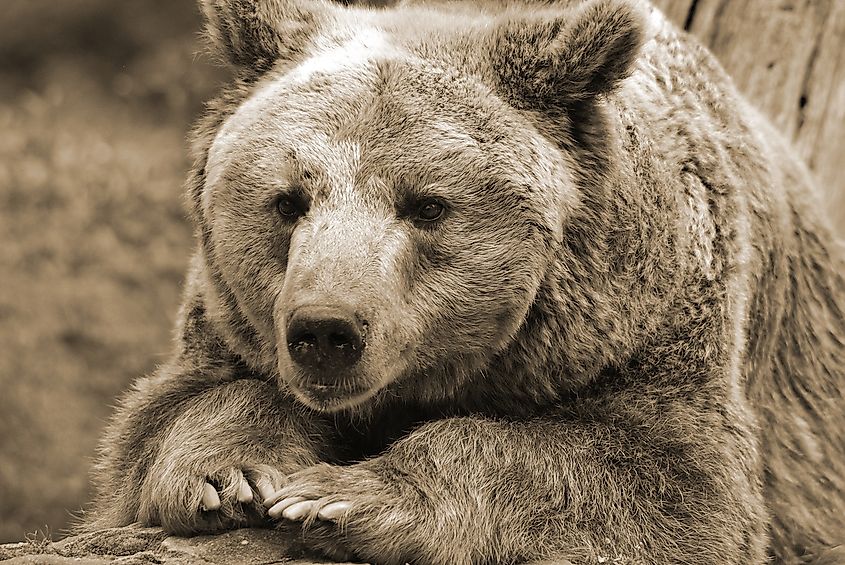
Bears are well known for their uncanny sense of smell that can detect food from miles away, but there’s one specie of big burly bears that stand out when it comes to smell. The Silvertip Grizzlies found all over North America have a sense of smell that’s stronger than the bloodhound. Bears, in general, have more smell receptors than any other land animal, the scent-detecting portion of a grizzly’s nose is a hundred times bigger than that of human’s.
Great White Shark
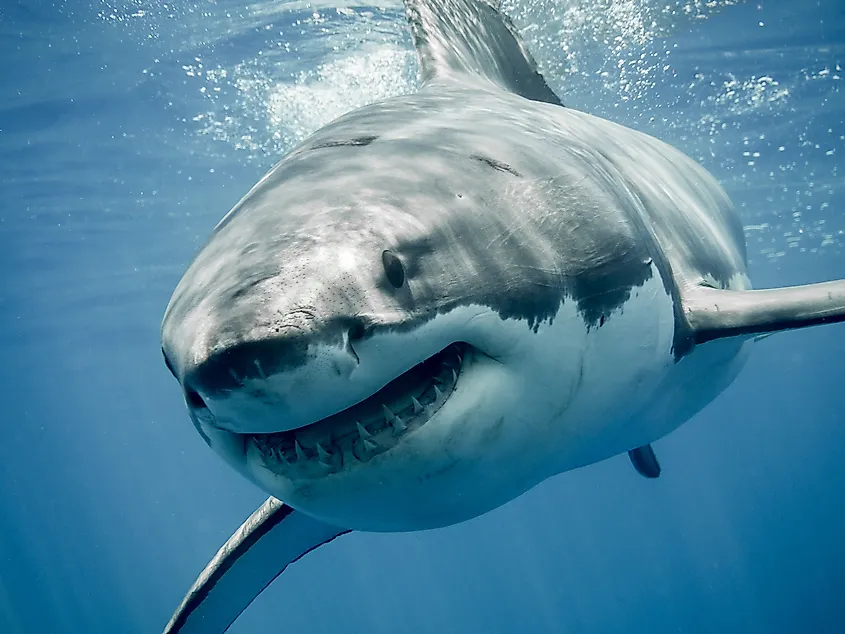
The smell is the most critical shark sense. These large predatory animals, believed to be much older than dinosaurs, have developed their sense of smell to detect even just a single drop of blood floating in 10 billion drops of water. They’re often referred to as swimming noses since they can sniff out even a small amount of blood and other substances from hundreds of meters. Their nostrils located on the underside of their snout has nasal sacs filled with sensory cells. These lead to the animal’s developed olfactory bulb.
Kiwi
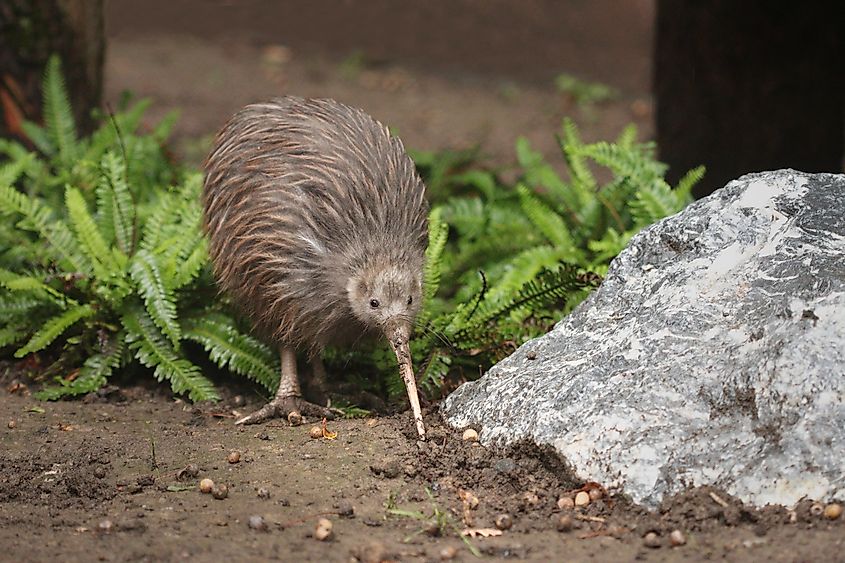
These unique flightless birds endemic to New Zealand has a peculiar looking beak that serves a special purpose. While they don’t have great eyesight, the kiwi’s beak gives them an excellent sense of smell. Scientists from Massey University have also found that their beaks have sensory pits that enable them to sense prey moving underground. The kiwi’s brain also has parts dedicated to smell and its olfactory bulb is among the largest in birds. It enables them to locate food from underground and within forests and leaf litter.
Blood Hound
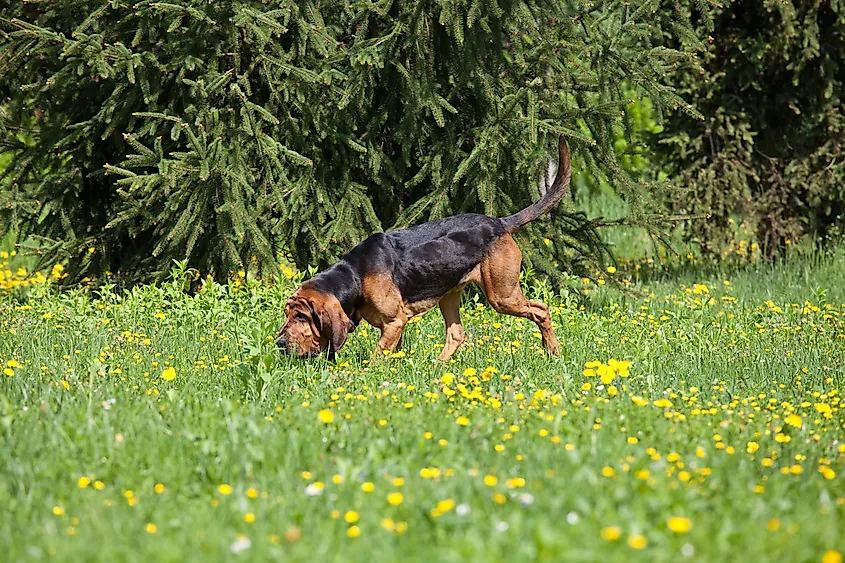
A bloodhound is often referred to as a nose attached to a dog since these pooches have the amazing ability to scan a terrain with its nose. They have big and very sensitive scent membranes made up of around 230 million scent receptors and they can track a scent that’s more than 13 days old. They are known to stick to a scent trail for more than 130 miles. You’d often see law enforcement agents use these canines to investigate crime scenes, hunt down criminals, or find missing persons. They have played a significant role in law enforcement having the ability to track down old trails that are hundreds of hours old.
Turkey Vultures
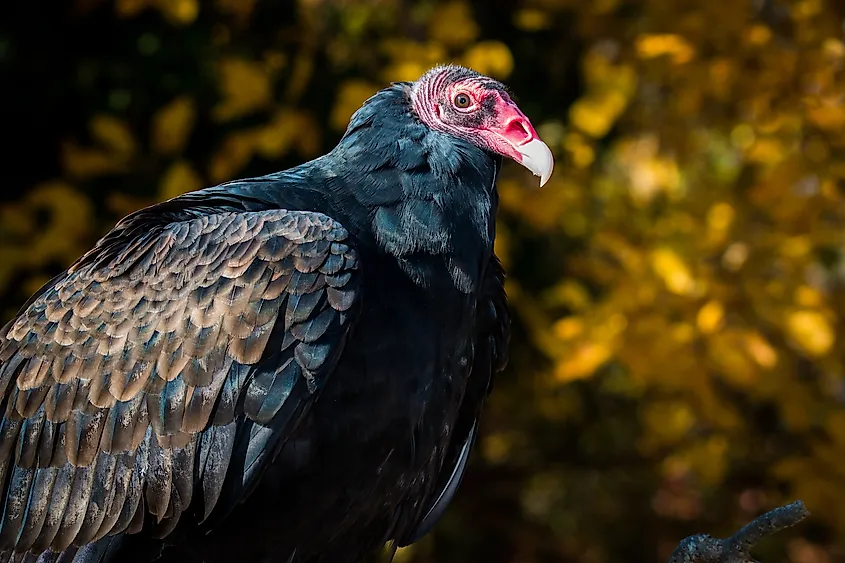
These large, bald, boomerang-winged birds track their next meal using their sense of smell. They have a distinctly pronounced nasal cavity and a large olfactory bulb that’s four times the size of black vultures’ with twice as many mitral cells that relay information from olfactory receptors to the brain. They can sniff out dead animals from more than a mile away. They can smell the sulfurous chemical compounds from up in the sky and circle around until they find the source of the scent.
Male Silk Moth
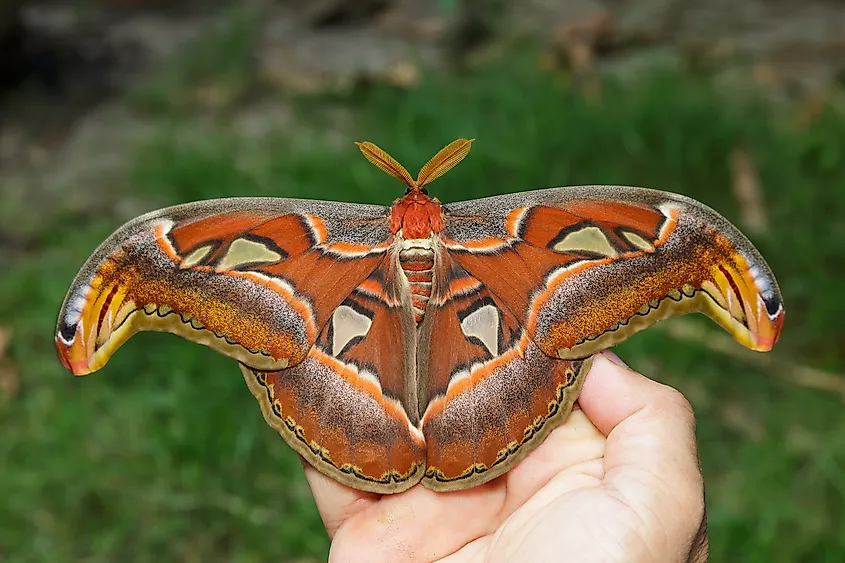
A male silk moth doesn’t have a nose but has prominent antennae that are optimized for odor detection. Their large, elaborate, feathery antennae are filled with scent receptors that enable them to sense a single pheromone scent particle from a female more than seven miles away. They use the antenna to “sniff” out molecules of female sex hormones from the air even from great distances. The females on the other hand use the scent of a male moth to check its reproductive fitness.
Basset Hound
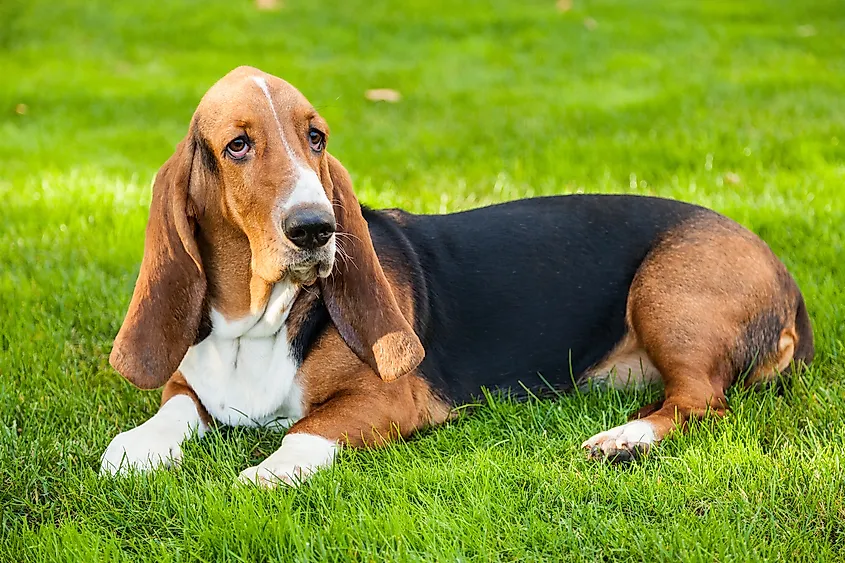
These dogs like the bloodhound have a serious sense of smell. They are small and lie low on the ground which makes them well adapted to following trails. Their huge ears sweep the ground and bring the scent upward to its nose. The wrinkly skin around the face and neck trap the smell and help keep the scent close as it follows a trail. This is why they perform so well in the sport of scent work and tracking.
Snakes
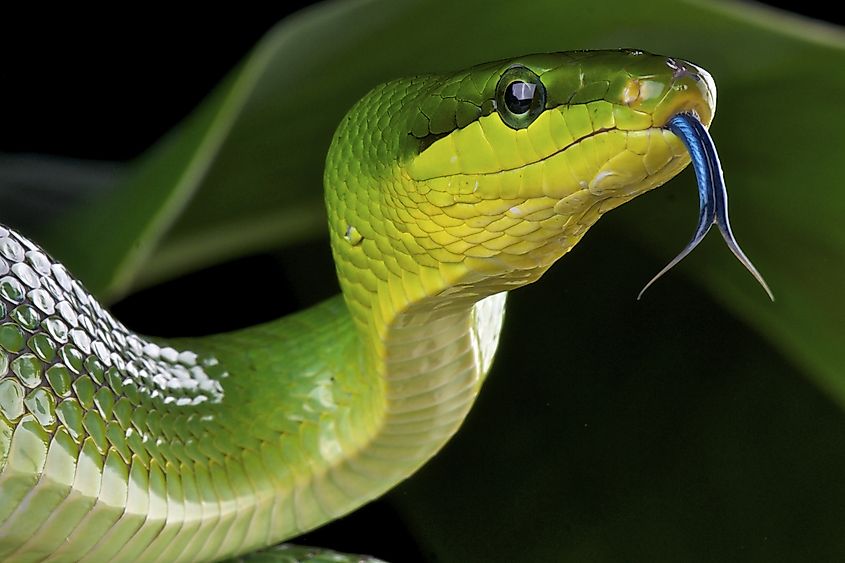
Snakes in general have a strong sense of smell which they use to make up for their poor eyesight and limited hearing. While they also smell scents through their nose, this sense is heightened by a pair of organs located at the roof of their mouth. These are called the Jacobson's or vomeronasal organ. When they smell something, they flick their tongues to pick up more about the scent. Their forked tongues have a pair of tines that pick-up odor molecules from the air. Their brains process the scent fast to follow the trail of prey.
African Elephants
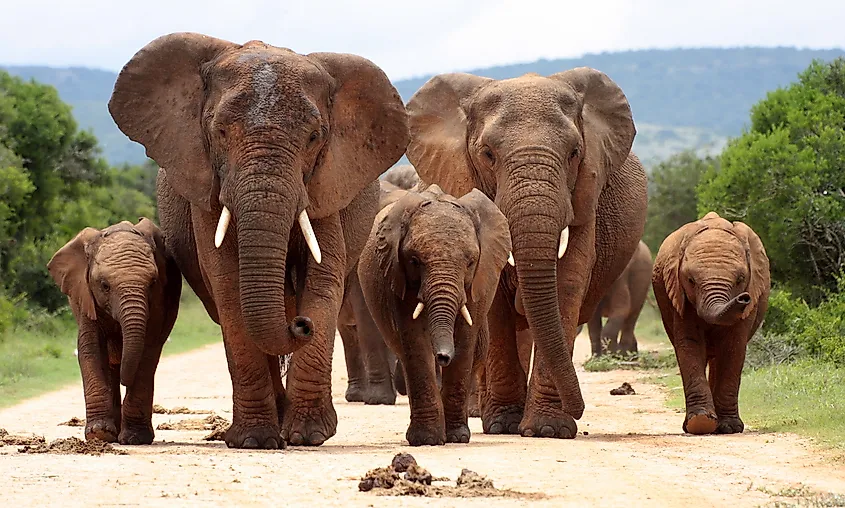
A recent study has found that the African elephant has the strongest sense of smell in the animal kingdom. Scientists have found that they have the largest number of genes (around 2,000) associated with the sense of smell, around five times as many as humans’ and twice as many as dogs’. An elephant’s nostrils, located at the tip of the long trunk, have been known to detect water sources up to 19.2 km (12 miles) away.











